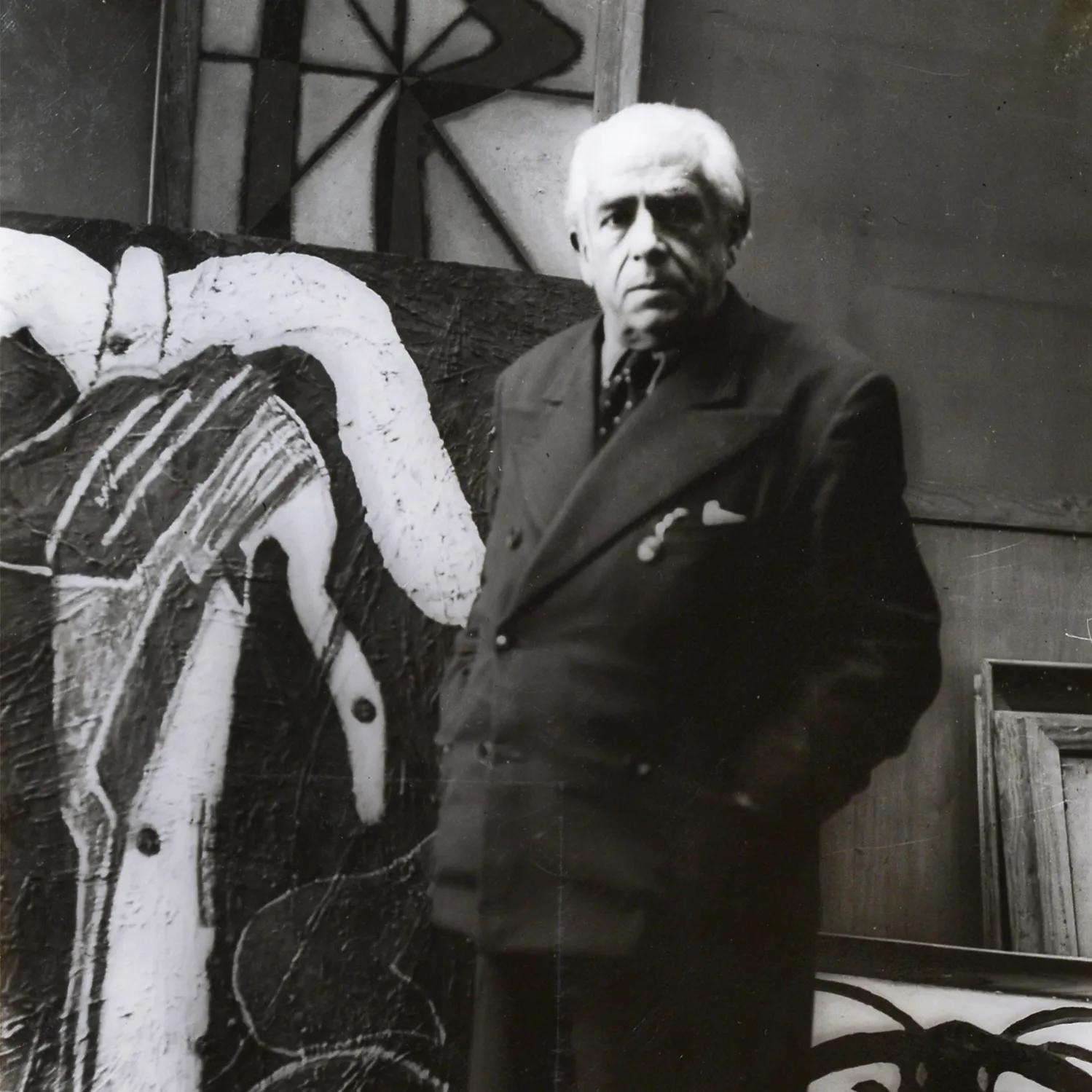
This spring, the presentation of late works by French avant-garde artist Francis Picabia (1879 – 1953) travels from Hauser & Wirth’s Paris gallery to 22nd Street in New York. Organized in collaboration with Comité Picabia, and co-curated by its President, Beverley Calté, and art historian Arnauld Pierre, ‘Eternal Beginning’ is the first major exhibition to focus on Picabia’s compelling final period. It features close to 30 paintings created by Picabia between 1945—when he returned to Paris from the South of France—and 1952, the penultimate year of his life. As a complement to the exhibition, Hauser & Wirth Publishers has released a catalogue with fresh scholarship in both English and French on Picabia’s late work.
As a complement to the exhibition, Hauser & Wirth Publishers has released a catalogue with fresh scholarship in both English and French on Picabia’s late work. The publication features an introductory preface by Beverley Calté as well as essays by art historians Arnauld Pierre and Candace Clements. It contextualizes Picabia’s position within a vibrant postwar Parisian art scene, and among a group of gestural abstract painters who were collectively identified as the art informel movement.

Bonheur de l'aveuglement (Happiness of Blindness)
1946-1947 c.

Francis Picabia: Éternel recommencement / Eternal Beginning
Prefaced by Beverley Calté, president of the Comité Picabia, this book delves into Picabia’s practice between the years 1945 to 1952—an incredibly rich period during which Picabia created paintings unlike anything he had produced before, working alongside the growing Art Informel movement in Paris. Essays by art historians Arnauld Pierre and Candace Clements shed new light on the hidden signs and symbols buried in his abstractions, the new painting techniques he employed, and the mysterious and fantastical reappearance of the “dot” in his work.
'Éternel recommencement / Eternal Beginning' is an essential resource, marking the first focused exploration of a crucial chapter of Picabia’s practice.
About the Artist

Francis Picabia
Francis Picabia was born François Martinez Picabia in Paris, to a Spanish father and a French mother. After initially painting in an Impressionist manner, elements of Fauvism and Neo-Impressionism as well as Cubism and other forms of abstraction began to appear in his painting in 1908, by 1912 he had evolved a personal amalgam of Cubism and Fauvism. In 1915—which marked the beginning of Picabia’s machinist or mechanomorphic period—he and Marcel Duchamp, among others, instigated and participated in Dada manifestations in New York. For the next few years, Picabia remained involved with the Dadists in Zurich and Paris, but finally denounced Dada in 1921 for no longer being ‘new.’ The following year, he returned to figurative art, but resumed painting in an abstract style by the end of World War II.
Current Exhibitions
1 / 10











